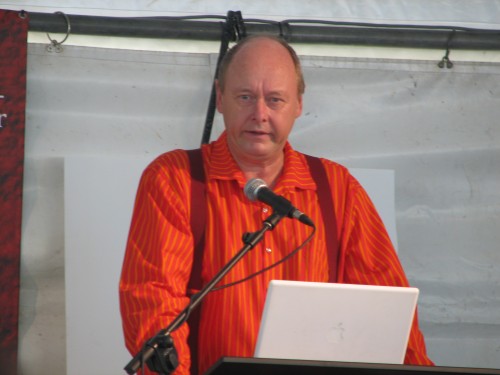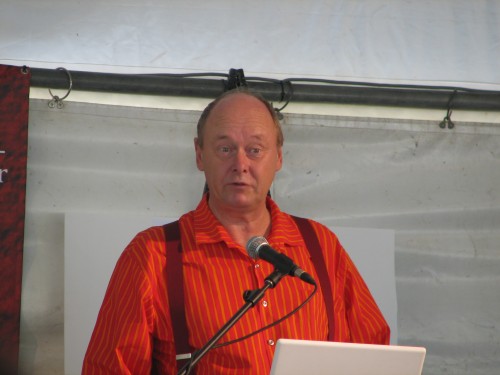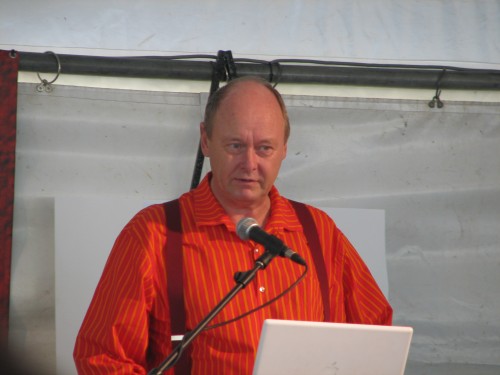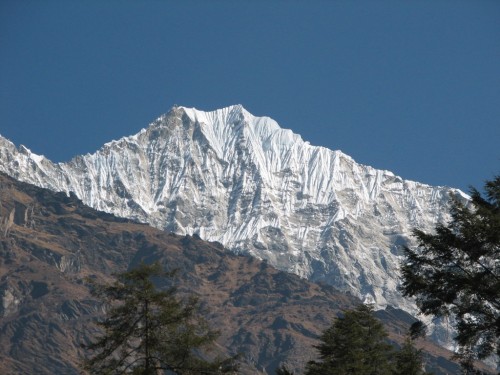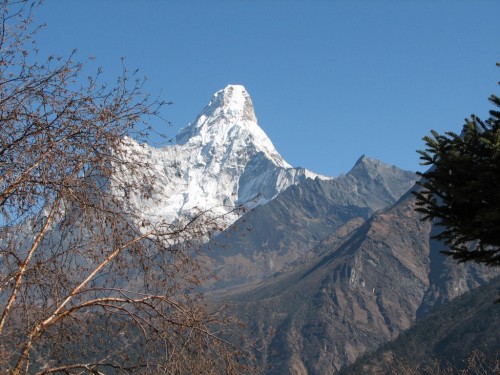What I am reading: Eyeing Everest by Steve Tolbert
Writing a novel: a writer’s journal part 26

Eyeing Everest
What I am reading: Eyeing Everest by Steve Tolbert
I must admit that a little over a week ago I had never heard of author Steve Tolbert. My supervising lecturer recommended I have a look at least one of the books written by this American born writer now living here in Tasmania, Australia. I managed to buy online an as-new copy of his novel for teenagers called Eyeing Everest. It arrived two days later.
Fifteen year old Meika lives in Hobart Tasmania, the setting of the first half of the novel. She has never met her father, and her relationship with her aunty is stronger than the one she pretends to have with her mother. Early in the story her natural mother tragically dies. The following few months as she adapts to life with her aunty are chaotic and rebellious as Meika befriends the enigmatic Ted on the streets. They both spiral deep into trouble until a letter arrives from her father who has lived in Nepal since before she was born.
Within weeks Meika finds herself swept up in the splendid beauty of the Himalayas and adapts to life with a family she never knew existed. Not only are the mountains amazing in their beauty, they are treacherous to live in. She struggles to come to terms with her new environment, new relationships, new customs and the emotions these all engender.
It was an interesting and very satisfying book to read.
My novel is also set in Nepal and so I read with interest how the author tackles his setting. In 2006 I trekked the area in which he has set his story, so that gave it extra meaning for me. He gave me some ideas that I can include during my rewriting, especially in relation to references to food. This was one area I had already identified as needing some changes. More importantly, Tolbert has inspired me to write another novel set in this enigmatic country. I must focus on my current work in progress first.
Further reading:
- Writing a novel – articles about how I went about writing a novel
References:
- Tolbert, S 1996, Eyeing Everest, Addison, Wesley, Longman, Melbourne.
- The home page of Steve Tolbert
